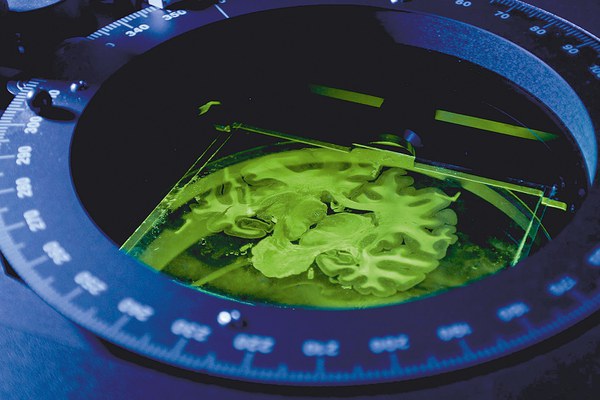Publications by year - overview, all years
de en
Publications of JSC
Publication lists
Publications by year
Publications by authors
Journal articles
Contributions to proceedings and books
Books, reports
Theses
Software
IAS Series
Last Modified: 04.10.2025

